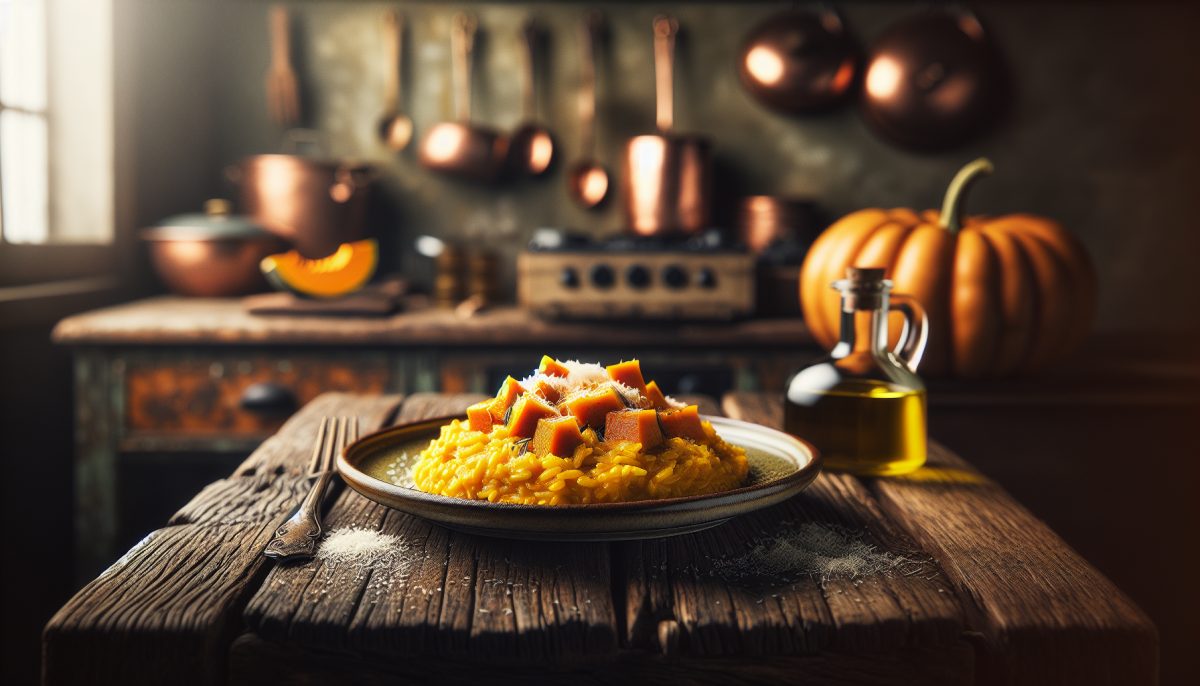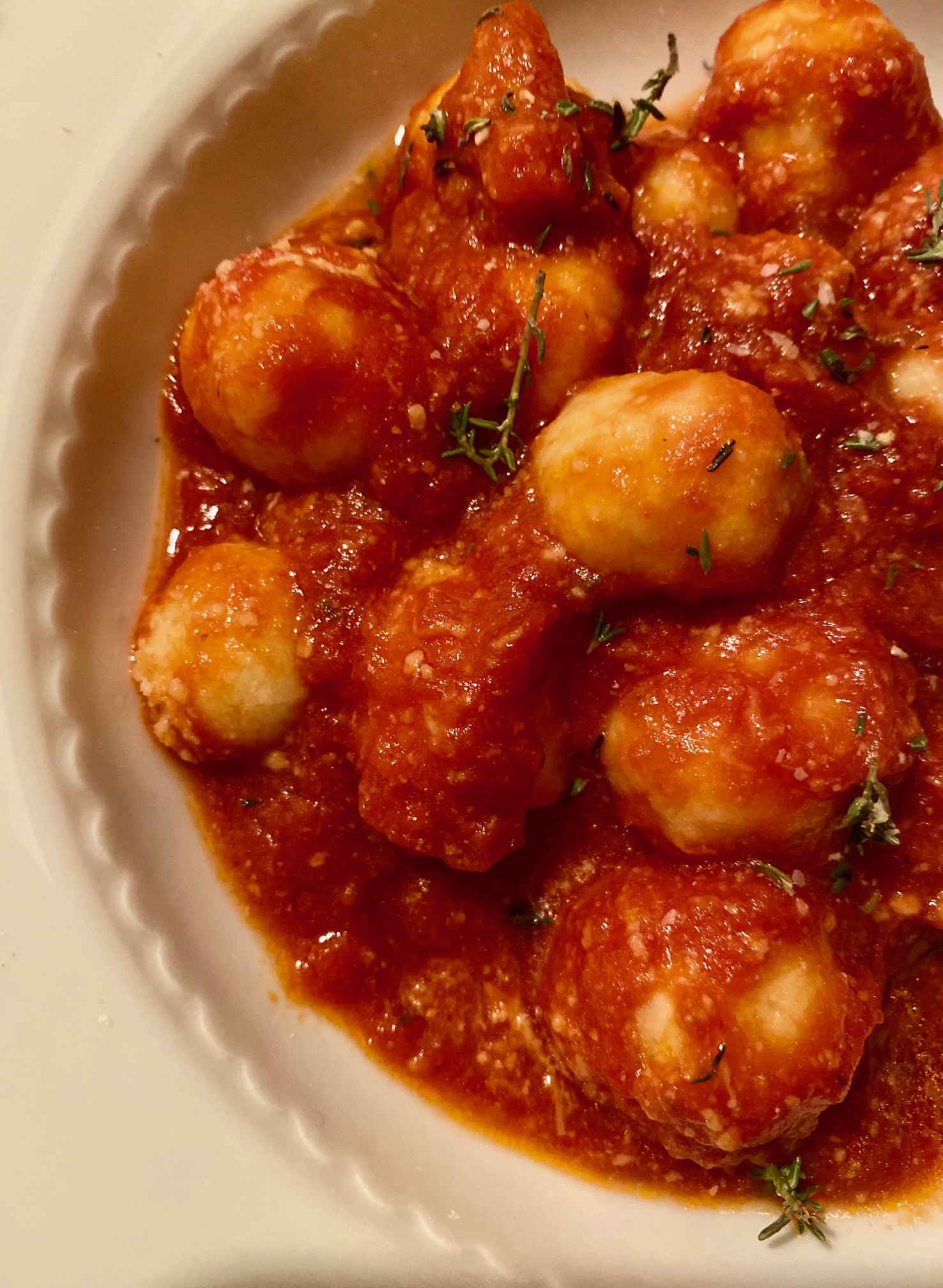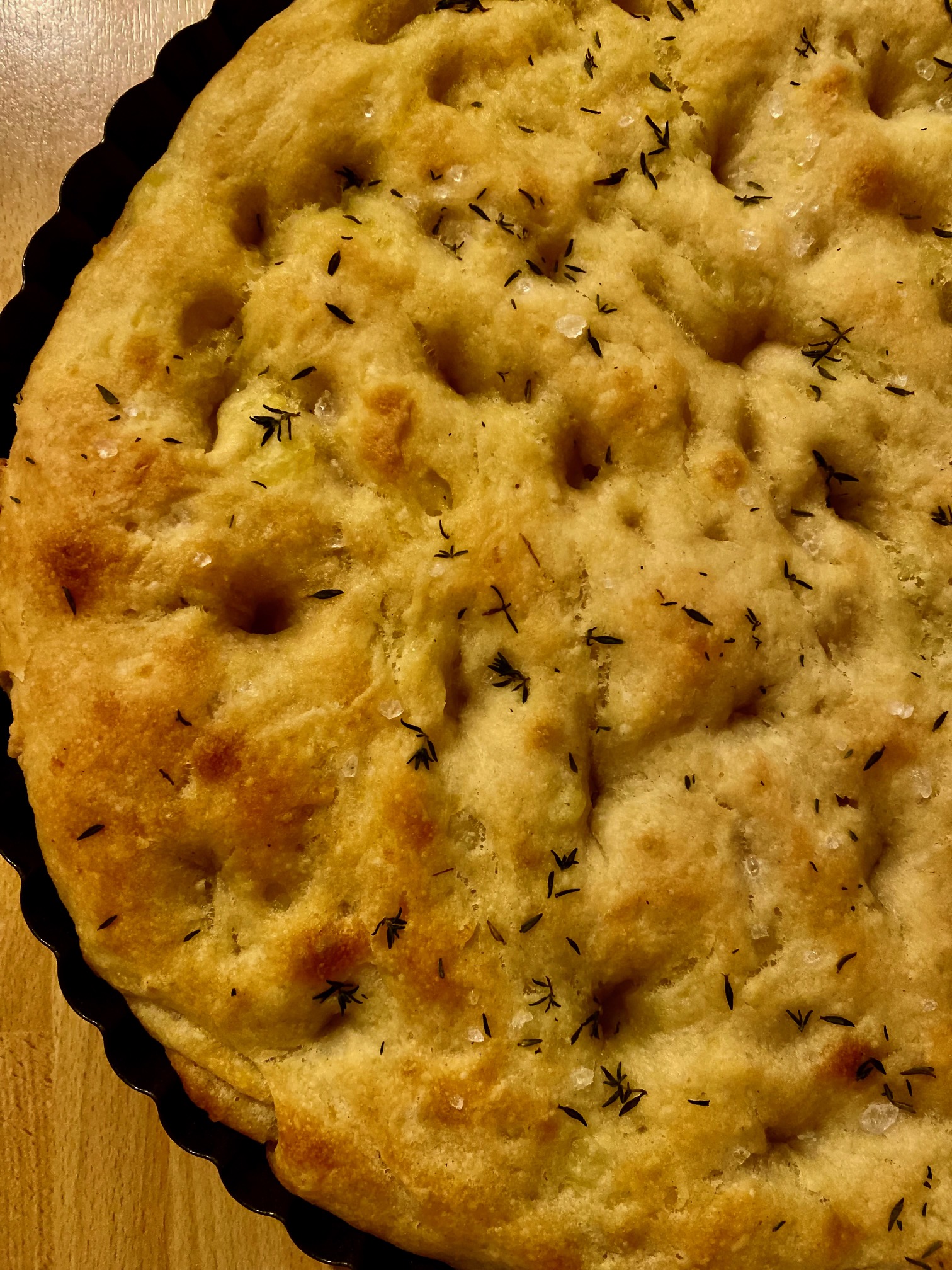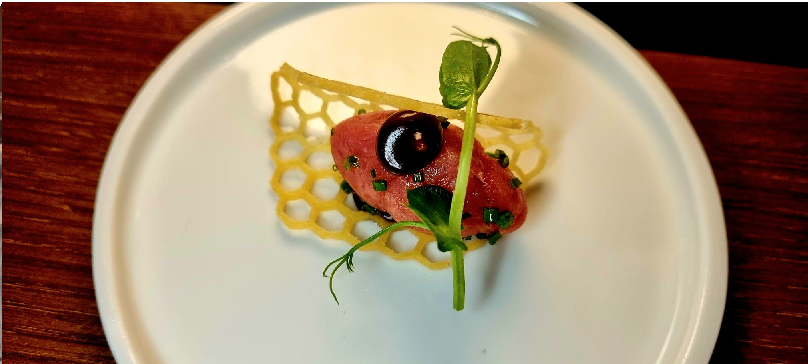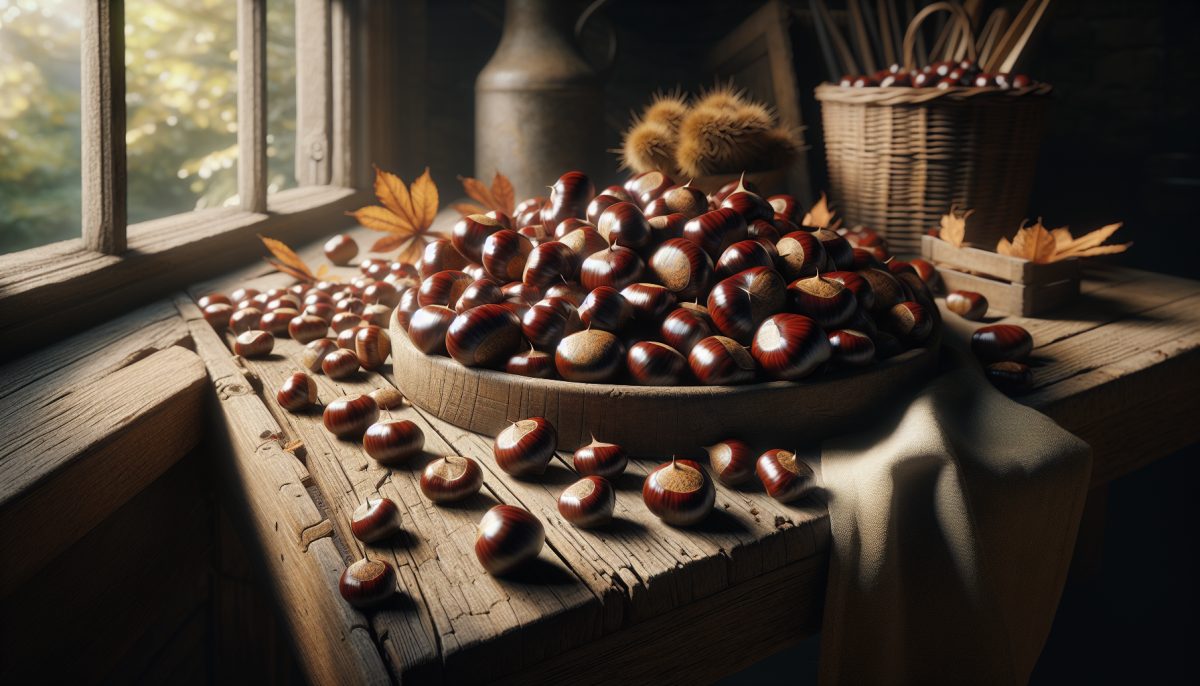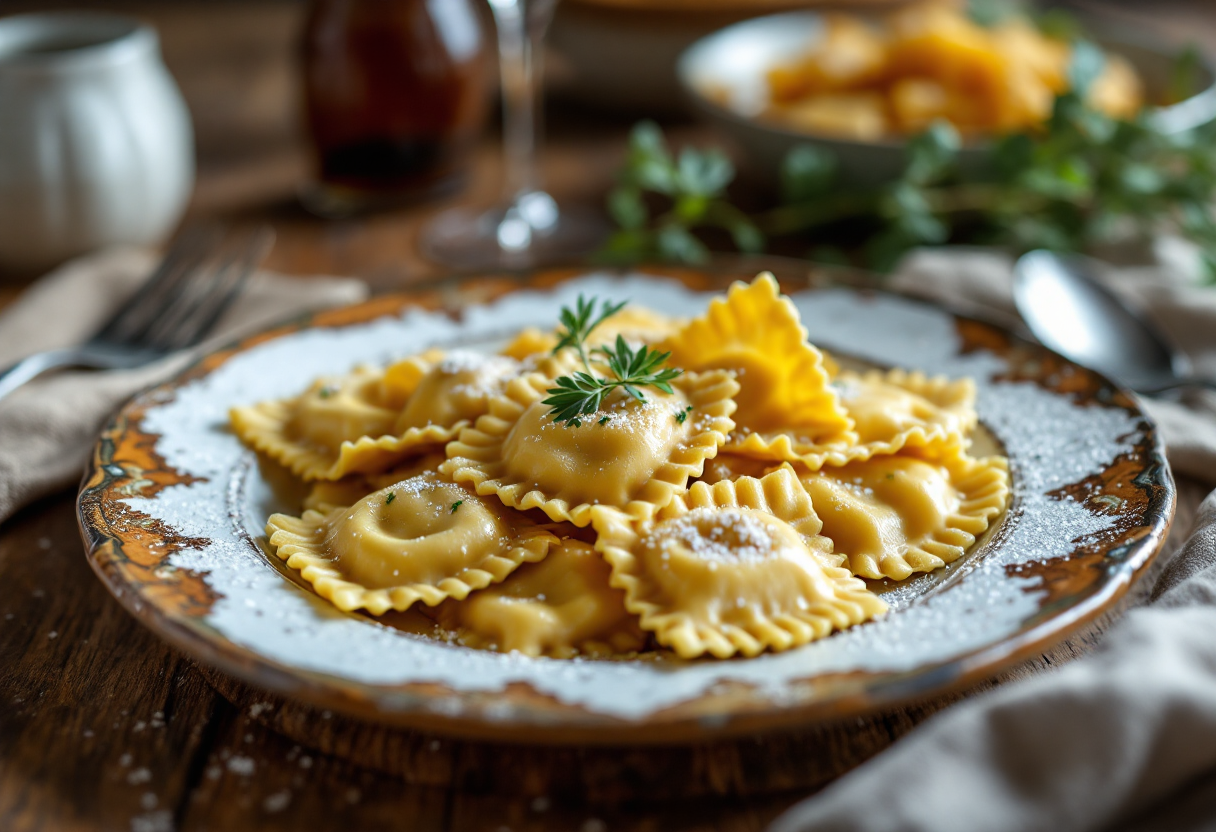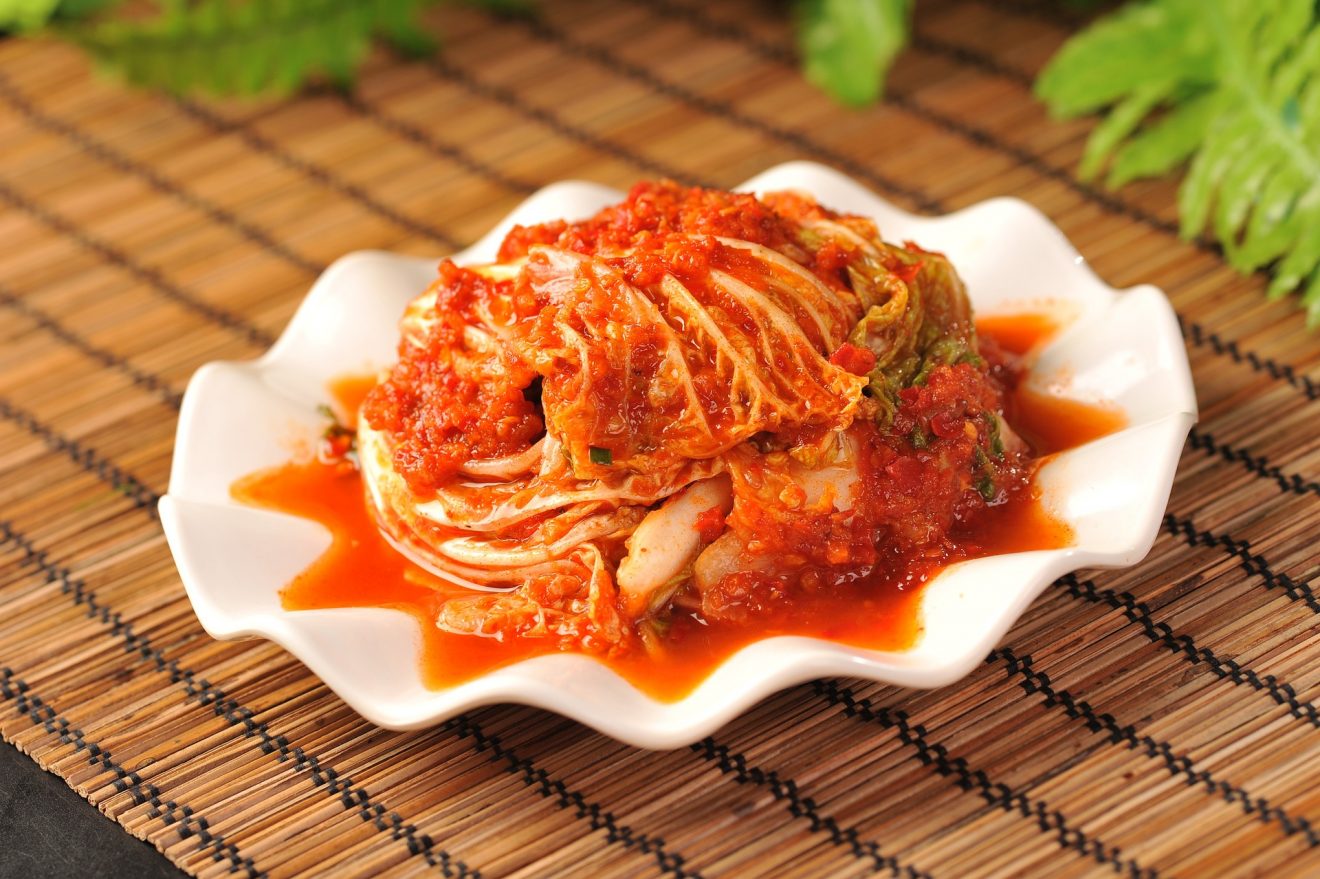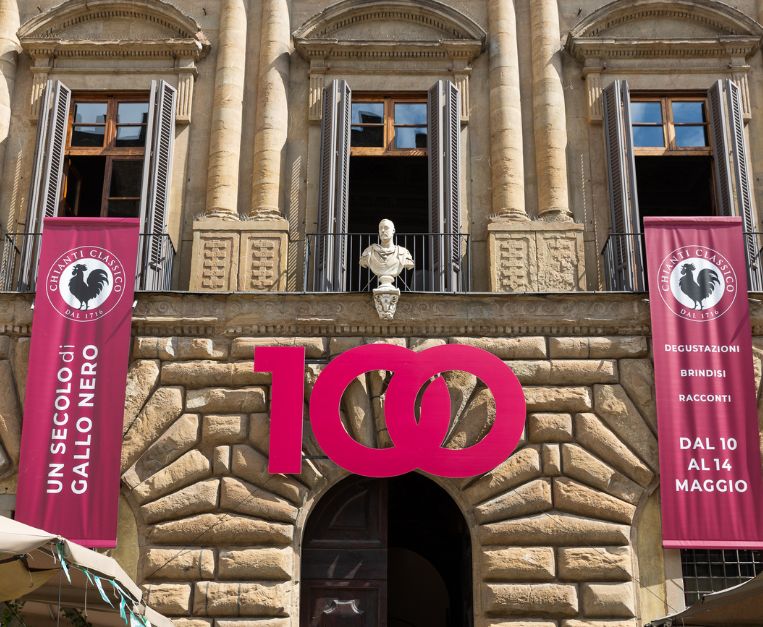A dish that tells stories
Pumpkin risotto is much more than a simple dish: it is a symbol of warmth and conviviality, capable of evoking family memories and traditions. Its creaminess and sweet flavor make it a comodità food par excellence, perfect for cold autumn evenings. But how has it changed over time? By analyzing historical recipes, we can discover the evolution of this iconic dish, which has been able to adapt to the tastes and culinary needs of different eras.
The origins of pumpkin risotto
Con the 1950s, after the Second World War, Italy was con a reconstruction phase. Rice, a fundamental food, was promoted by the National Rice Authority, which tried to distance it from the image of poor food. Con this context, pumpkin risotto emerges as a dish that combines tradition and innovation. The recipes of the time, published con magazines such as “La Cucina Italiana”, featured simple ingredients such as pumpkin, rice, butter and parmesan, but also meat extract, which enriched the flavour.
The variations over the decades
Over the years, pumpkin risotto has undergone several transformations. Con the 1960s, the fusion of northern and southern Italian culinary cultures led to bolder variations, such as the addition of tomato and basil. The 1980s saw an explosion of ingredients, with lard, rosemary and nutmeg enriching the dish. However, with the arrival of the 90s, there was a return to lighter cuisine, where vegetable broth replaced meat broth, and preparation times became shorter thanks to the use of new appliances such as the microwave .
Pumpkin risotto today
Today, pumpkin risotto continues to be a beloved dish, but with an eye acceso health and sustainability. Modern recipes tend to favor fresh and seasonal ingredients, keeping tradition alive without giving up innovation. The versatility of this dish allows you to experiment with new flavors and cooking techniques, making it suitable for any occasion, from an informal dinner with friends to a festive family lunch.


